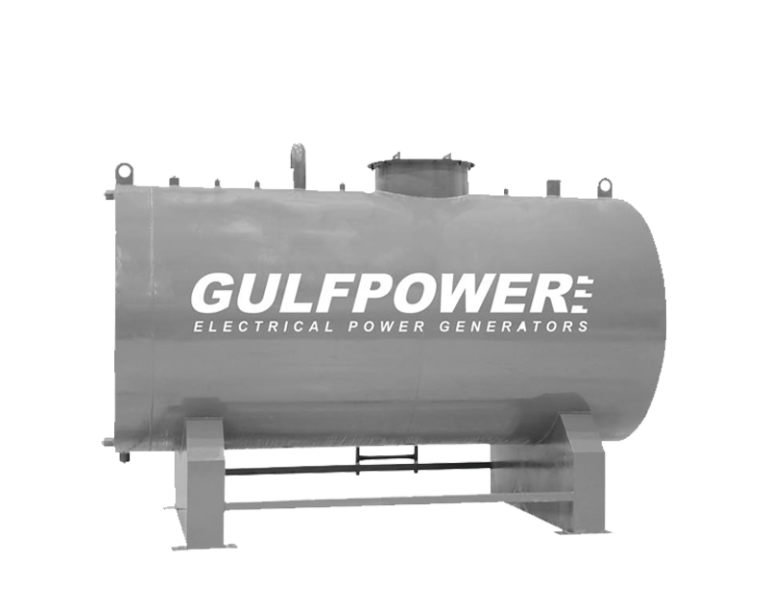Fuel tanks play a crucial role in the storage and distribution of energy, powering various industries and transportation systems. Whether it’s for automotive, aviation, marine, or industrial applications, fuel tanks must meet stringent safety, durability, and regulatory requirements. In this blog post, we will delve into the importance of fuel tanks, their construction, safety features, and their impact on different sectors.
1. The Significance of Fuel Tanks:
Fuel tanks serve as reservoirs for storing and supplying energy sources such as gasoline, diesel, jet fuel, and liquefied petroleum gas (LPG). They play a pivotal role in industries that heavily rely on combustion engines, including transportation, power generation, construction, and agriculture. Properly designed and maintained fuel tanks ensure the safe storage, transportation, and efficient utilization of these energy sources.
2. Construction and Materials:
a. Steel Tanks: Steel is a commonly used material for fuel tank construction due to its strength, durability, and resistance to corrosion. Steel tanks are fabricated using welded or riveted seams and are often coated with protective layers to prevent corrosion caused by contact with the fuel or external elements.
b. Aluminum Tanks: Aluminum offers a lightweight alternative to steel and is frequently used in aviation and automotive applications. Aluminum fuel tanks are resistant to corrosion and can be formed into complex shapes, allowing for efficient use of space and integration with the vehicle’s design.
c. Composite Tanks: Composite materials, such as fiberglass reinforced plastic (FRP) and carbon fiber reinforced plastic (CFRP), are gaining popularity in fuel tank construction due to their excellent strength-to-weight ratio and corrosion resistance. Composite tanks are particularly useful in industries where weight reduction is critical, such as aerospace.
3. Safety Features:
a. Leak Detection Systems: Fuel tanks are equipped with advanced leak detection systems to promptly identify any leaks or abnormalities. These systems use sensors, probes, or pressure monitoring techniques to detect leaks and trigger alarms or shut-off mechanisms, preventing potential hazards.
b. Flame Arrestors: Flame arrestors are installed in fuel tanks to prevent the propagation of flames or explosions caused by external ignition sources. These devices consist of fine mesh or filter media that extinguishes flames by dissipating heat and preventing the passage of sparks.
c. Overfill Prevention Systems: Overfill prevention systems ensure that fuel tanks are not overfilled, reducing the risk of spills and environmental contamination. These systems use sensors or probes to monitor the tank’s level and automatically shut off the fuel supply when the tank reaches its maximum capacity.
d. Venting Systems: Fuel tanks require venting systems to regulate pressure and prevent the build-up of volatile gases. These systems allow air to enter and exit the tank, maintaining the optimal pressure and preventing excessive pressure or vacuum conditions.
4. Applications in Various Sectors:
a. Automotive: are integral components of automobiles, storing and supplying gasoline, diesel, or alternative fuels to power internal combustion engines. They are designed to withstand road vibrations, temperature variations, and impacts while ensuring the safe containment of flammable fuels.
b. Aviation: in aircraft must meet stringent safety standards to prevent fuel leaks, fires, or explosions. They are engineered to withstand high-altitude conditions, extreme temperature fluctuations, and the stresses associated with takeoff, landing, and turbulence.
c. Marine: in marine vessels are designed to withstand the corrosive effects of saltwater and provide secure storage for large quantities of fuel. They must comply with regulations to prevent fuel spills and protect the marine environment.
d. Industrial and Power Generation: Industrial facilities and power plants utilize for storing fuel to power generators, boilers, and other equipment. These tanks are often designed for long-term storage, such as in standby power systems or remote locations where a continuous fuel supply is crucial.
Conclusion:
are vital components in various industries, enabling the storage and distribution of energy sources for powering transportation systems, industrial processes, and power generation. Their construction, safety features, and compliance with regulations ensure the safe and efficient utilization of fuels while minimizing environmental risks. As technology advances, fuel tank designs continue to evolve, incorporating innovative materials and advanced safety systems to meet the ever-increasing demands for reliability, efficiency, and environmental sustainability.



